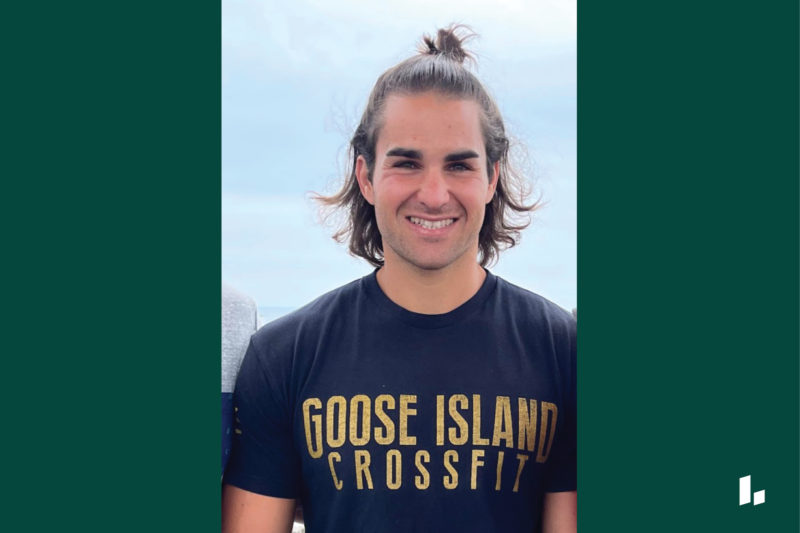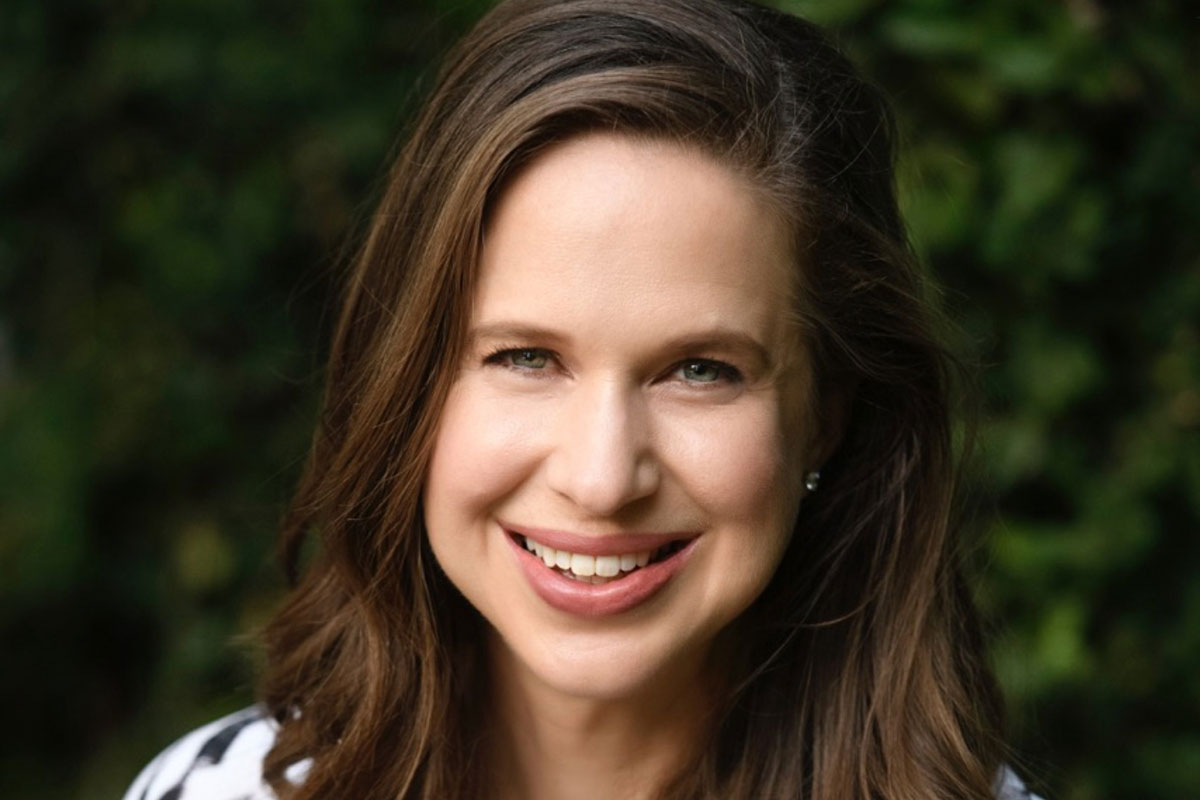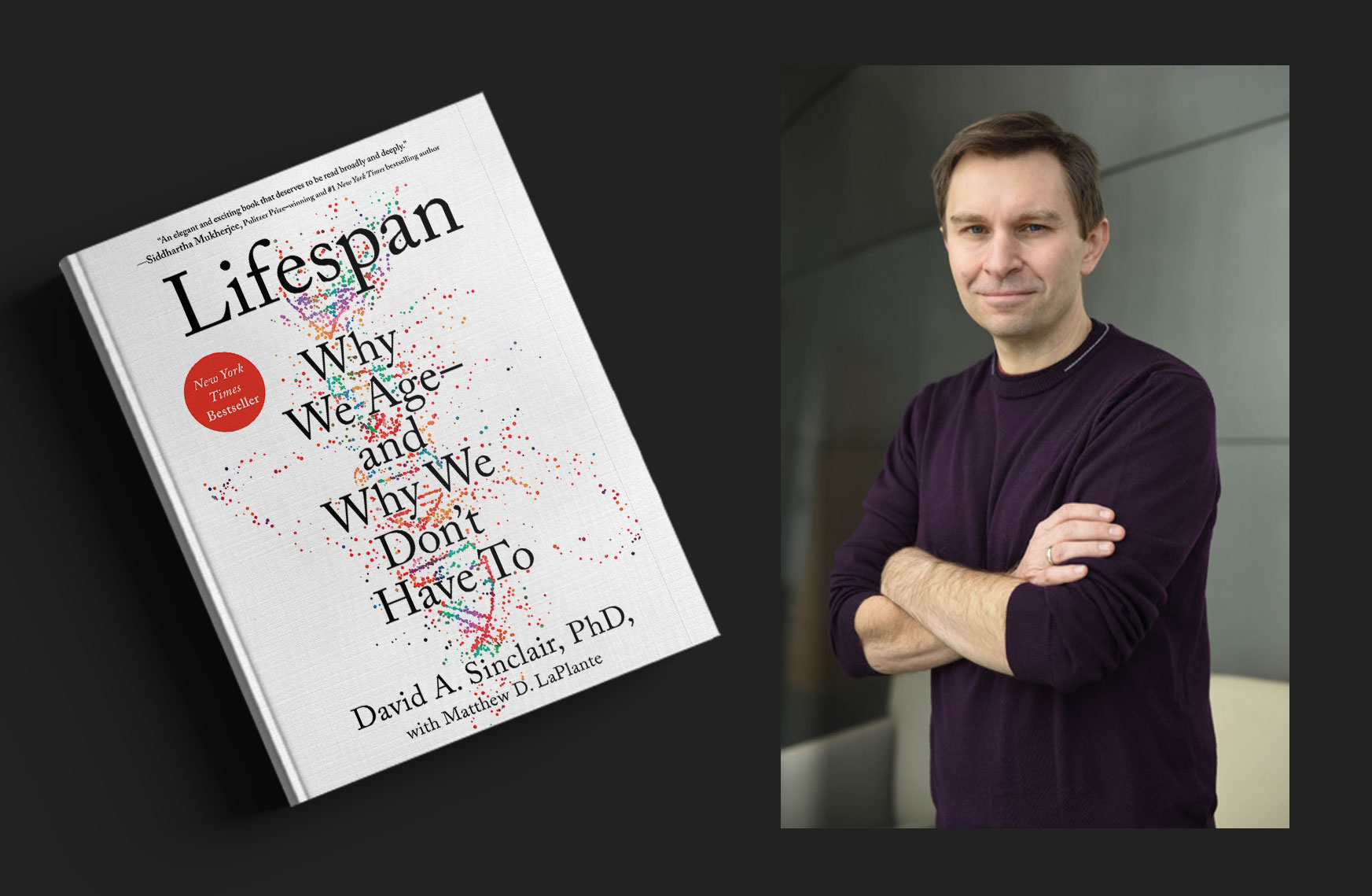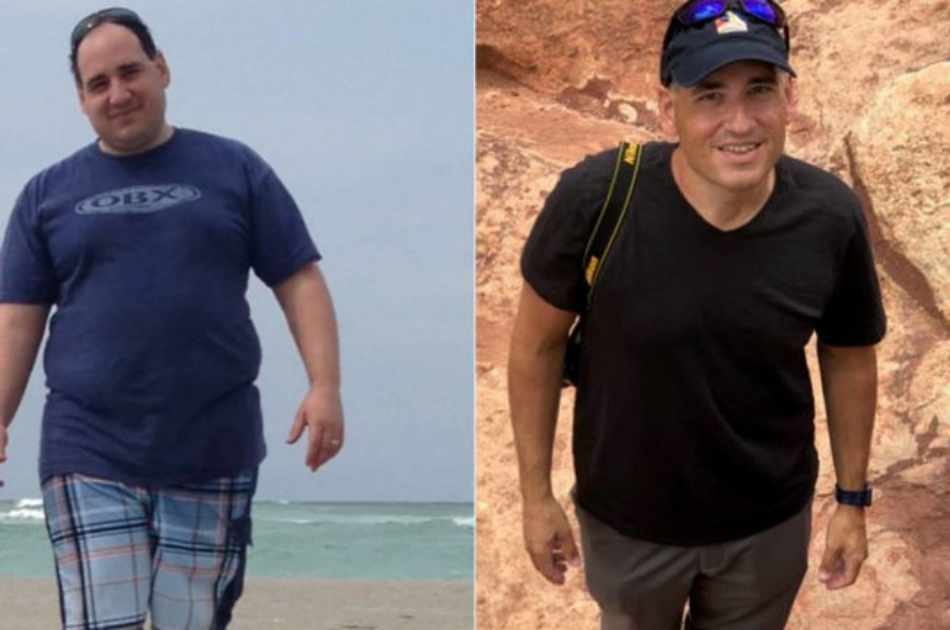CrossFit Trainer and creator of the Mendoza Program, Gabe Mendoza (@MendozaProgram), is a certified public accountant by day. So it’s no surprise, then, that he’s taken a data-driven approach to living a healthy lifestyle. His goal: staying free of chronic disease.
Mendoza’s social media feed is filled with beautiful photos of his meals, and he often posts about his glucose responses, too. “Until I started wearing a CGM, I was flying blind and relying on general concepts such as the glycemic index rather than having personalized insights,” he says.
He hasn’t always put his health first. “I was the kid drinking Gatorade and eating Doritos,” he says. “But as I started learning, people saw my energy level and my body changing.” That’s where the idea for the Mendoza Program was born. “It was a joke in the family. Oh, this is a Mendoza Program meal? Is this Gabe Mendoza-approved?” His transformation, he says, is an example of “you can see how one person can change the community around them.”
In the end, he’s not aiming for a specific physique or seeking to crush an athletic goal. “I just want to have a long healthspan, forget lifespan,” says Mendoza. “I want to be the guy out there walking the grandkids and climbing the mountain at age 90. And if I die up there, then that’s fine with me.”
Over the past 10 years, Mendoza has gone from 210 pounds to 175 pounds—and he’s in the best shape of his life. Here, he shares six tips for uncovering the diet that works best for your metabolic health.
This article is edited from a more extended interview Gabe did with Levels co-founder and chief medical officer Dr. Casey Means on Instagram. See the whole conversation here.
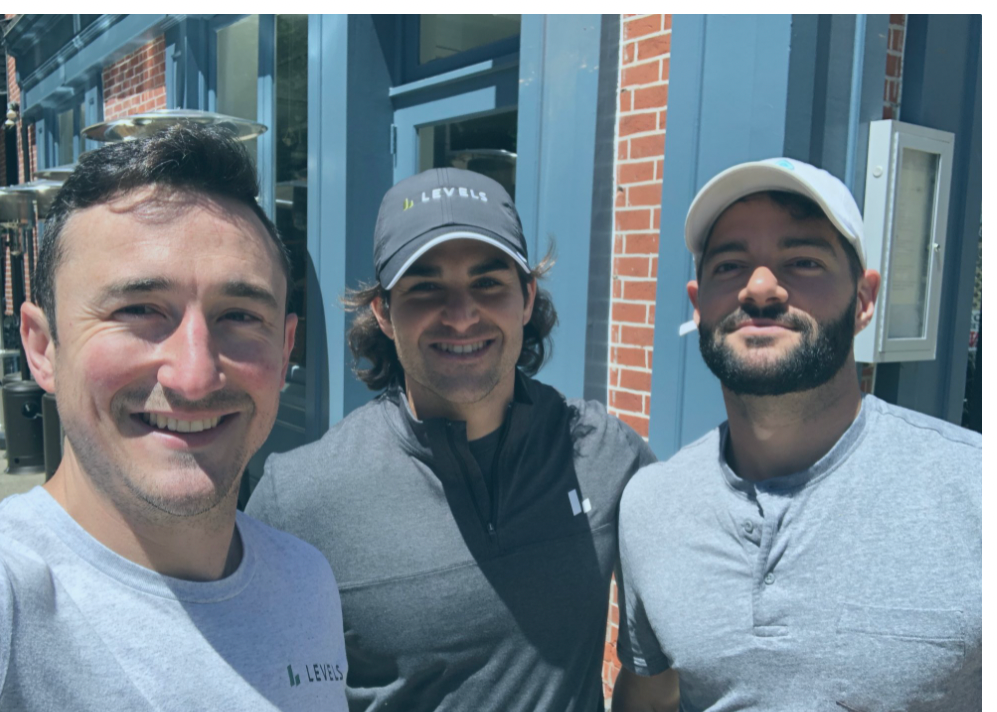
Gabe Mendoza (center) with Levels cofounder Josh Clemente (L) and Head of Member Success Mike DiDonato (R)
1. Research, research, research
I read all the books and websites. I started with the Mark Sisson blog Mark’s Daily Apple, then moved to Peter Attia. I read the book Food Fix by Mark Hyman, MD. He laid the foundation of the systemic problem that our medical schools depend on the pharmaceutical industry. I also read Robert Lustig’s excellent book Metabolical. Topic by topic, I just started building on my knowledge and learning about these incredible tools I could use during the day. My understanding of the metabolic health space evolved over time. It didn’t happen overnight.
2. Refine as you go.
I’m constantly learning about how to tweak my diet habits by watching my CGM. This morning I did a 45-minute intense workout without eating anything prior. And yesterday was a very low-carb day for me. So it was like my system was running on empty, and I asked it to go. I saw a huge rise in my blood glucose. I think I hit 170 mg/dL, which is a higher number than I’ve seen in a while. I was also bonking a little bit in my workout. What that told me in hindsight was that maybe a pre-workout carb would have been ideal.
That’s an example of how I do check-ins with my CGM. If I’m changing my diet, if I’m going low carb, am I going too low? Am I going too high? How many spikes am I getting during the day? Are they being handled well? What’s the context of the spike—is it coming at a time of stress? Did I not sleep well last night? All of those factors matter in helping me put my blood sugar numbers into context to make the necessary changes.
For me, the type of person who wants to stick around with my future grandkids, Levels gives me a nod saying, hey, you’re doing alright. Or, let’s see if we can get this back in check. That’s how I use the CGM.
Learn more:
3. Find what works for you.
I had been eating the standard American diet. When I wanted to lose weight, I Googled it and came up with a low-fat diet. But it doesn’t work because you feel hungry and have no energy. So, then I moved to low-carb. But then there’s the question of, what are carbs? Certainly, vegetables are carbs, so not all carbs are bad. I later did keto and then carnivore. But wearing the CGM brought me back to balance. I feel so much better eating more vegetables, not limiting them. I learned that if we go too extreme, we find metabolic disruption. The body wants homeostasis.
Today, I have a unique eating pattern that’s focused on immunity and decreasing inflammation. It’s based on the teachings of Joel Greene, the founder of the VEEP Nutrition System. My current diet fluctuates between high carb and low carb days. The carbs are very specific. So on high carb days, we rely on polyphenols from dark berries and fruit like grapefruit and oranges with some Greek yogurt. The carb sources are geared explicitly towards properly feeding your gut. The low carb days focus on fish, such as sardines, salmon, and cod liver, as well as organ meats to keep insulin low and spin down inflammation by utilizing Omega 3 fats.
Most importantly, though, I preach balance and whole foods. I don’t think there’s one right diet for everyone. That’s the power of the CGM, as it helps to hone in on personalized nutrition. Some people can eat sweet potatoes for days, but it doesn’t work for me, no matter what I do—cool it, coat it in butter, preload it with a fat snack.
4. Understand your stress.
Stress is a metric I keep my eye on. Sometimes at work on my low-carb days, I’ll have a cup of coffee, and it’s 1:15 p.m., and I haven’t had a carb all day. I’ll see the scan and notice the glucose spike. Sure enough, I just got off the phone on a meeting with a client. It was stress that created that high number. Or, there’s the dinner rush with my kids where we’re trying to get food on the table, and I’ll see the pre-meal glucose spike. This information reminds me to try to take the time to take a breath or hug the kids.
5. Put your dollars to work.
The conspiracy out there is that they want to keep us sick. I’m more hopeful because I believe people are better than that and go into the healthcare profession with a genuine mindset of helping people. The more we can take our dollars and push them to foods that will make us healthier and keep us out of the doctor’s offices, the more we can shift the system as a whole.
It’s our hard-earned dollars spent shopping the produce section or more environmentally sound products that will move the needle. For example, I switched to biodynamic coffee and support second-hand fruits and vegetable services. The more small farms I can support, the better. The more people do it, the industry will respond.
6. Feel connected to what you eat
When you start getting connected to your food, whether you know the farm or the source of what you’re cooking, you’ll start appreciating it more. I feel excited about my next meal every day. When you’re eating real food, you realize that’s what food is supposed to taste and feel like. The more connected you feel with your food, the more you start feeling a connection to the earth.
